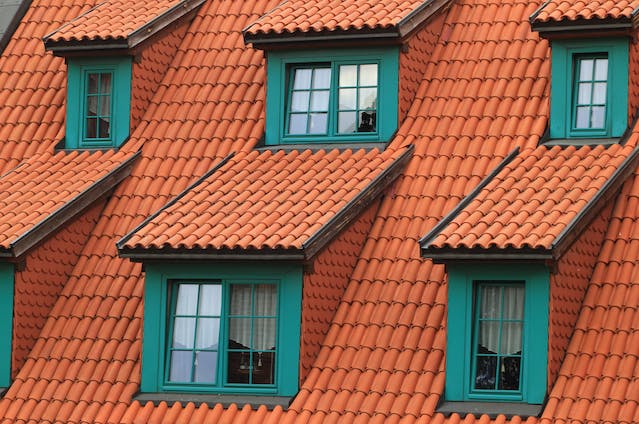Introduction to Roofing
Roofing is more than just a cover over your head; it’s an essential component that protects your home from the elements. In this guide, we’ll delve into the intricacies of roofing, from the types of materials available to the process of installation and maintenance.
Importance of Quality Roofing
A good roof is vital for the structural integrity of your home. It shields you from harsh weather conditions, provides insulation, and even adds aesthetic value to your property.
Types of Roofing Materials
There’s a wide array of materials to choose from, each with its unique benefits and drawbacks. Whether it’s asphalt shingles, metal, or slate, the choice often depends on your specific needs and budget.
The Evolution of Roofing
Roofing has come a long way from its humble beginnings. Let’s take a look at how roofing materials and techniques have evolved over the years.
Historical Overview
The earliest roofs were made from natural materials like straw and mud. As civilizations advanced, so did roofing techniques, incorporating materials like clay tiles and wooden shingles.
Modern Innovations
Today, roofing technology has reached new heights. From solar panel roofs to “smart” roofing systems that can monitor their own health, the sky’s the limit.
Roofing Materials
Choosing the right material is crucial for the longevity and efficiency of your roof. Here, we’ll explore some popular options.
Asphalt Shingles
Asphalt shingles are the most common type of roofing material in the United States. They’re affordable, easy to install, and come in various colors and styles.
Metal Roofing
Metal roofs are known for their durability and energy efficiency. While they can be more expensive upfront, they often pay for themselves in the long run through lower energy bills and less frequent repairs.
Slate Roofing
Slate is a high-end roofing material known for its natural beauty and extreme durability. However, it’s heavy and requires a strong support structure, making it less suitable for some homes.
Wood Shakes
Wood shakes offer a rustic look and are often made from cedar, redwood, or pine. However, they require regular maintenance to prevent rot and decay.
FAQs
You should inspect your roof at least twice a year, preferably in the spring and fall.
Look for missing or damaged shingles, leaks, and water stains on your ceiling.
Both have their pros and cons. Metal roofs are more durable but are also more expensive.
The lifespan of a roof depends on the material. Asphalt shingles typically last 20-30 years, while metal roofs can last 50 years or more.
While it’s possible, roofing is a complex and dangerous task best left to professionals.
Material, labor, and the size and complexity of the roof are the main factors that affect cost.
Conclusion
Roofing is an essential aspect of any building, be it residential or commercial. With advancements in materials and techniques, there’s never been a better time to invest in a new roof or upgrade an existing one. As we move forward, we can expect even more innovations that will make roofing more durable, eco-friendly, and efficient. If you’re considering other exterior improvements, a reputable siding company can complement your roofing project, enhancing both the aesthetics and functionality of your property.

